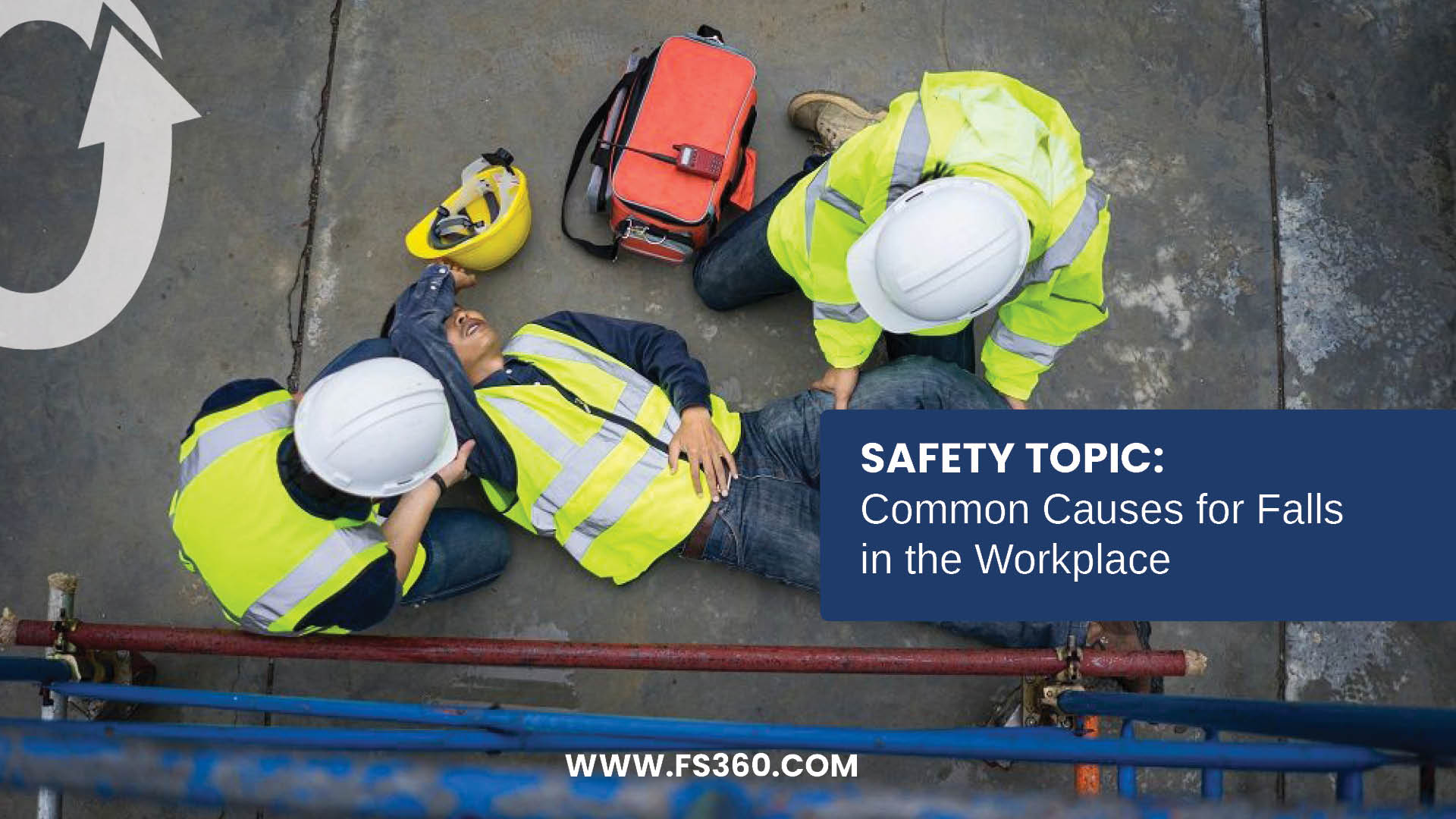Stay
Connected
Join us for insights, inspiration, and updates as we continue to change the building experience, forever.
Thank you! Your submission has been received!
Oops! Something went wrong while submitting the form.

Falls are one of the leading causes of injuries in construction and across many industries. While they are among the most common hazards on a jobsite, they are also among the most preventable. Understanding the causes of falls is the first step in creating safer workplaces.
Falls rarely happen because of a single issue. Instead, they often occur when unsafe conditions combine with unsafe actions. Recognizing both factors is critical to preventing incidents.
The most effective way to avoid falls is to eliminate the need to work at heights whenever possible. When that is not an option, safeguards must be in place to reduce the risk.
Most falls are preventable when workers and employers are proactive. Planning ahead, identifying hazards, and following safety procedures can make the difference between a safe day and a serious incident. Everyone on site has a role to play in recognizing and eliminating fall hazards.
